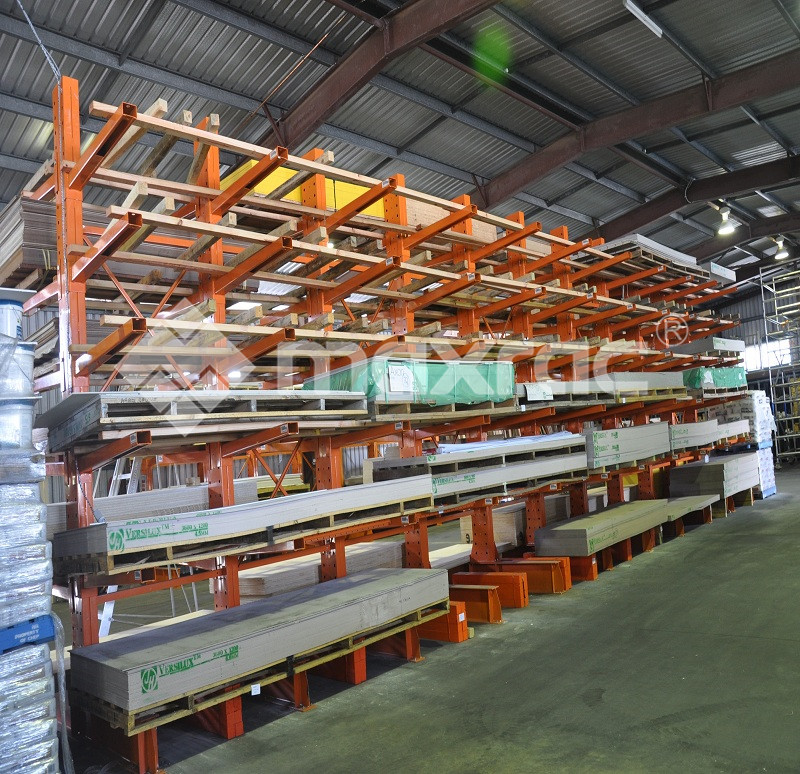Pallet racking systems are an essential component of efficient warehouse storage. They provide a robust and organized solution for storing palletized goods, maximizing space utilization and improving inventory management. Among the various options available, China pallet racking has gained significant recognition for its quality and cost-effectiveness. In this article, we will explore the different types of pallet racking systems, with a particular focus on the advantages and features of China pallet racking.

Selective Pallet Racking:
Selective pallet racking is the most common and widely used type of pallet racking system. It offers easy accessibility to individual pallets, making it ideal for warehouses where there is a high SKU (stock-keeping unit) count or frequent stock rotation. Selective pallet racking consists of upright frames, beams, and wire mesh decks, providing a flexible and adjustable storage solution.
Double Deep Racking:
Double deep racking is designed to increase storage density while still allowing individual pallet selectivity. In this system, pallets are stored two deep, requiring specialized forklifts or reach trucks with extended forks to access the rear pallets. Double deep racking is suitable for warehouses with a larger inventory of the same SKU and can significantly increase storage capacity.
Drive-In and Drive-Through Racking:
Drive-in and drive-through racking systems maximize storage density by eliminating aisles between racks. Drive-in racking is a last-in, first-out (LIFO) system, where forklifts drive into the racking structure to deposit or retrieve pallets. Drive-through racking, on the other hand, operates on a first-in, first-out (FIFO) basis, allowing forklifts to enter from either end of the racks. Both systems are commonly used in facilities with high-volume storage of homogeneous products.
Push Back Racking:
Push back racking offers high-density storage with multiple pallets stored in depth. The system operates on a LIFO basis, using inclined rails and carts that enable pallets to flow forward under the force of gravity. When a new pallet is loaded, it pushes the previously stored pallet further back. Push back racking is suitable for warehouses with a high number of pallets per SKU, as it maximizes storage density while maintaining selectivity.
Cantilever Racking:
Cantilever racking is designed for the storage of long, bulky, or irregularly shaped items, such as lumber, pipes, or furniture. It consists of arms that extend from vertical columns, allowing easy access and retrieval of items without the need for front obstructions. Cantilever racking is highly versatile, accommodating varying lengths and sizes of products.
Conclusion:
Efficient storage and optimal space utilization are crucial for any warehouse operation. Pallet racking systems provide the necessary framework for organized and accessible storage of palletized goods. The different types of pallet racking systems, including China pallet racking, offer various advantages and features to cater to specific storage needs. Whether it's selective racking for high SKU counts, drive-in and drive-through racking for high-density storage, or cantilever racking for long and bulky items, choosing the right pallet racking system is essential for a well-organized and efficient warehouse environment.




Comments
Please Join Us to post.
0